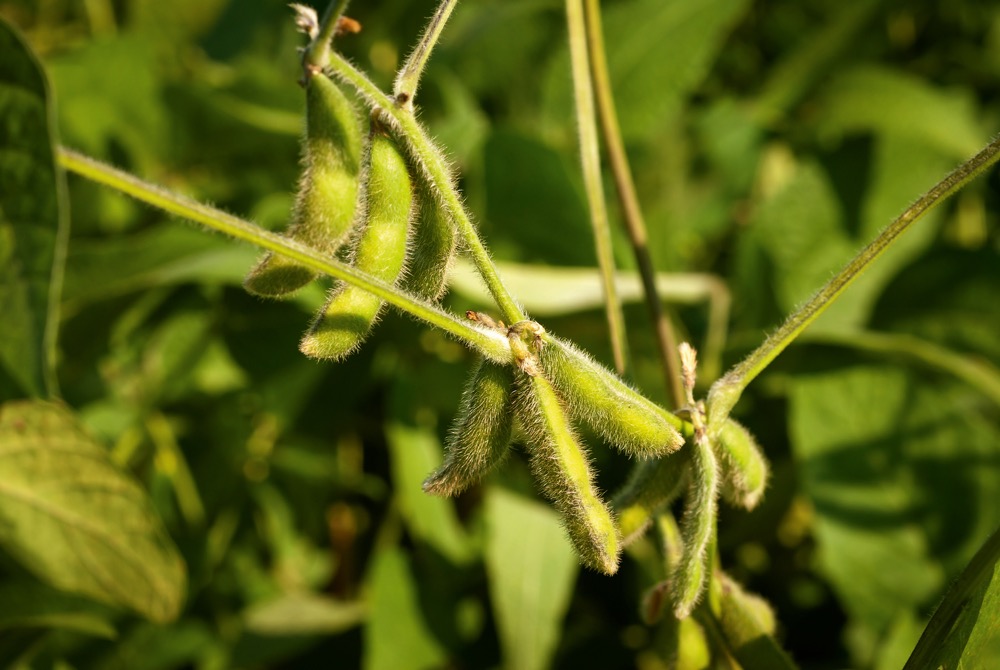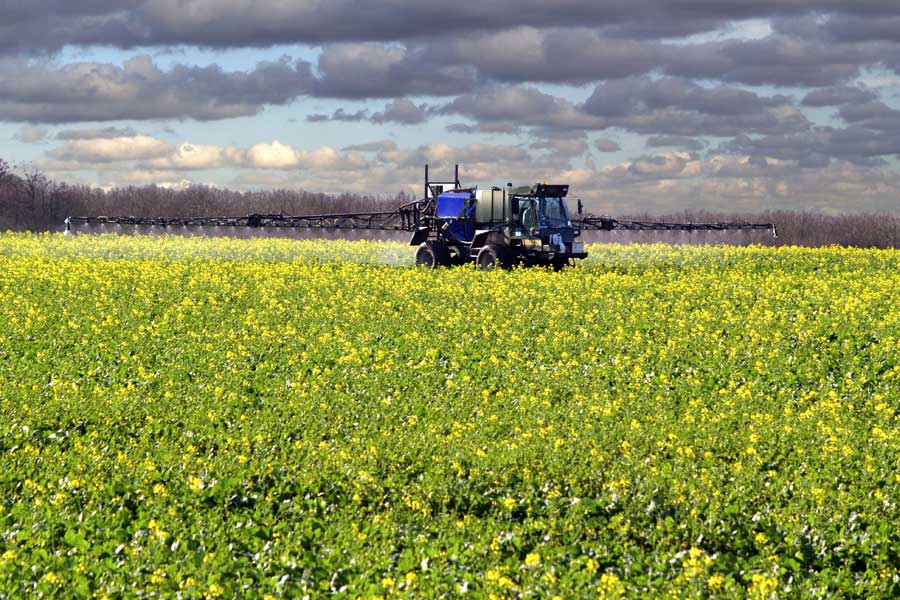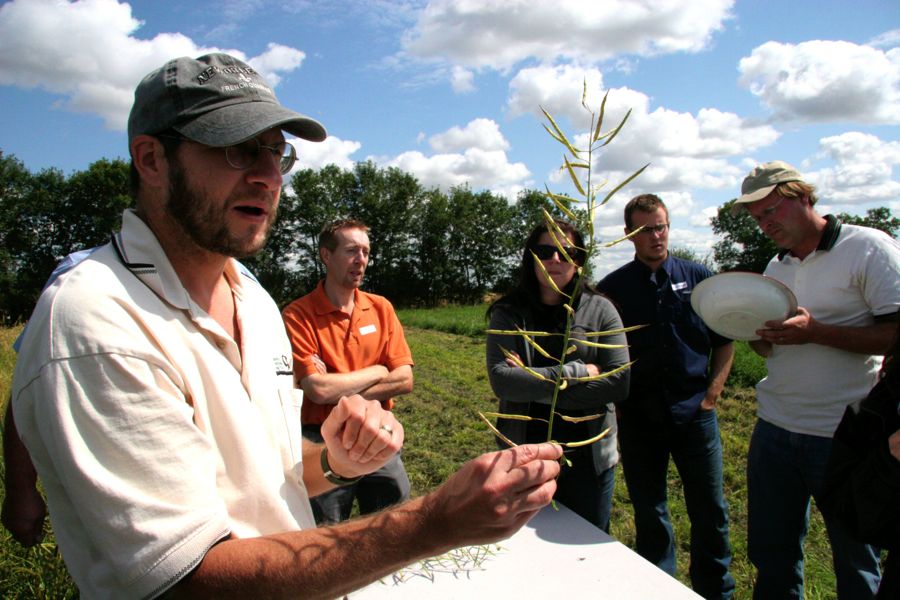Weeds, diseases and insects. Every year these stand between you and a bumper crop. Controlling them was once a straightforward exercise, but that era has long passed. The proliferation of pesticide brands, genetically modified crops, residue management and pest resistance has thrown a monkey wrench into the picture. With over 1,500 pesticide brands registered to control over 1,200 pests that attack the over 800 crops grown across Canada, creating crop-by-crop pest control strategies has evolved into one of the more complex exercises on most farms.
My goal as a new contributor to Country Guide is to provide clear, up-to-date, and unbiased information about pest control, the pest control industry and how it has an impact on Canadian farmers. With so many choices it’s easy to become confused by splashy brand names, twin-packs and what is often touted as new technology. I’ll help sort it out in plain language and provide my opinion on its relevance for Canadian agriculture.
Read Also

Producers aren’t panicking over tariffs and trade threats
The influence of tariff and trade uncertainity on farm business decisions.
I was raised on a small dairy farm and spent virtually my entire career in agricultural pest control. After 27 years with Syngenta (and its predecessor companies Novartis, Ciba-Geigy and Green Cross), I purchased half of Engage Agro, a leading distributor of pesticides for fruit, vegetable and specialty markets. After selling my interest in Engage, I started a number of small agricultural companies, of which the best known is Savvy Farmer, Canada’s only electronic pest control database and decision-making software to provide farmers with information to make better and more cost-effective pest control decisions. I am passionate about pest control and about helping farmers make good pest control decisions. That’s why I accepted this little challenge to write articles about pest control for Country Guide.
My goal is to keep readers abreast of interesting new brands and new active ingredients. Each month, the PMRA (Pest Management Regulatory Agency) registers between 75 and 100 new brands or revised labels, making it almost impossible for farmers or retailers to stay current on what is available for pest control. Many of these new registrations tend to be old chemistry with new names, or twin-packs of two or more existing chemistries. Others involve truly unique technologies — the real gems.
For access to those “gems,” we rely on the big chemical companies to invent and develop novel chemistry and hopefully in the future, some high-performance biopesticides. Therefore, for this first article, I decided to paint a quick picture of the pest control industry as a whole, since it tends to be a good bellwether of the greater agricultural economy. The good news is that this industry is very healthy with virtually all major companies reporting solid sales gains, strong profits and heavy investments in new technologies.
While there are well over 100 companies involved in bringing pesticides to the market, the “Big 6” (see chart) account for nearly 75 per cent of global sales. Love them or hate them, growing a profitable crop would be a lot more difficult without the “Big 6.” These six multinationals invest billions every year into new pesticide technology, and are the same players that will be bringing novel GM crops to your farm. While there are many who lament the idea of a few major players having so much control of agriculture, we’d better get used to it, since it is unlikely to change anytime soon.
From the Manitoba Co-operator website: Organic pesticide reports to boost local purchases
The pesticide business is not for the faint of heart or anyone with shallow pockets. Developing a new pesticide is a tedious, 10-year process costing hundreds of millions of dollars. And before making a decision to start developing a new pesticide, these companies undertake exhaustive market analysis to predict how their customers (you) are going to fare in the years ahead. They see a bright future. The industry predicts global pesticide sales will grow from $50 billion today to over $70 billion in just five years. They are betting that global food demand will continue to prop up crop prices, which in turn will continue to support the increased use of pesticides, which then will justify higher pesticide prices. While the path to prosperity will have a few potholes along the way, if you trust the market research of the big companies, there are some very good days ahead for the pest control industry and therefore for agriculture in general.
Yet, as with any industry, there are always challenges to be tackled, and in upcoming articles we will delve into the pest control issues that are most likely to have an impact on us. The ones that keep the CEOs of chemical companies awake at night include weed resistance, bees, government regulations, generics, GMO crops and anti-pesticide groups dedicated to eliminating pesticide use. Each of these stories is constantly evolving and we will try to bring perspective to each topic as new information surfaces.
Of course, writing this column is more interesting if I am addressing topics that are of special interest to you. If you would like to know more about any pest control topic, let us know.
Warren Libby is president of Savvy Farmer, a web-based service for farmers and crop protection dealers. He previously held leadership positions in several crop protection companies and is the former chairman of CropLife Canada.
Do you have a crop protection issue you’d like Warren to write about? Send suggestions to [email protected].















